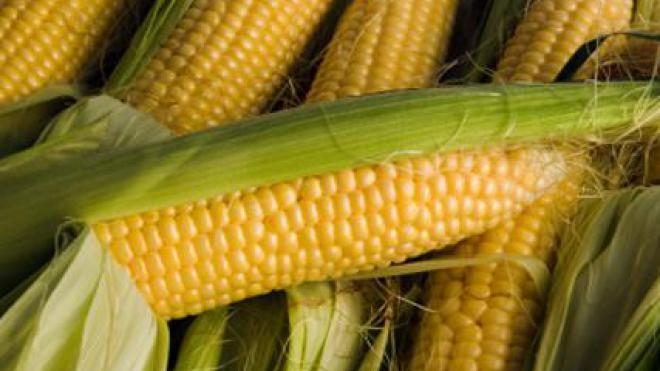Forecasts of frost in Brazil and heat in the United States kept corn prices from falling

A new wave of coronavirus diseases and data on accelerating inflation in the United States yesterday amid a 7-8% decline in oil prices collapsed US stock markets, which led to a decrease in prices for soybeans, rapeseed and corn by 2-3%. But at the end of the session, corn prices recovered to Friday's level on forecasts of adverse weather in the United States and Brazil.
According to the agency Agrural, as of July 15, Corn of the second crop in Brazil was harvested on 30% of the area, which is 13% less than last year due to the delay in sowing. The forecast for the second corn harvest remains at 59.1 million tons, which is 16 million tons lower than last year's and 22 million tons lower than the initial forecast.
On Monday, frosts were observed in the southern states of Brazil, which will last for several more days and may reduce the quality and volume of the corn crop. Recall that some of the crops were damaged by Frost a few weeks ago. Farmers report defaults on export contracts concluded at low prices in anticipation of a large harvest, so export forecasts will also be significantly reduced.
Yesterday on the Chicago Stock Exchange, September and December corn futures fell by 3%, but at the end of trading they recovered to 2 220.8/ton and.219.2/ton, respectively, almost unchanged for the month.
Forecasts of a heat wave with minimal precipitation over the next 7-10 days in the northwestern regions of the US Corn Belt support the corn market. Due to recent precipitation, the number of corn crops in good or excellent condition in the United States remained at 65%, compared with 69% last year. In the states of North, South Dakota, and Minnesota, 29%, 30%, and 42% of crops are in good or excellent condition, respectively.
The heat negatively affects corn crops that are in the pollination stage. 56% are in the silkiness phase, compared to 55% a year ago and 52% on average over 5 years.
During the Week, 1 million tons of corn were exported from the United States, and in general in the season – 60.16 million tons. but to reach the USDA forecast of 72 million tons, it is necessary to ship 1.7 million tons each during 7 weeks of the 2020/21 season, which is almost unrealistic.
Reduced supplies from Brazil and active imports from China will help boost corn exports from the United States. According to Customs, China imported a record 3.57 million tons of corn in June, which is three times higher than in June 2020. in the first half of 2021, corn imports increased 3 times compared to the same period last year to 15.3 million tons.
At the end of June, the number of pigs in China increased by 29.2% compared to the corresponding indicator last year to 439.11 million heads, and corn is a critical component of feed.
In Ukraine, forward prices for corn delivered to the port in October-November remain at 2 225-230/ton, as the weather contributes to the development of crops, and a decrease in temperature next week will improve pollination and crop formation.


